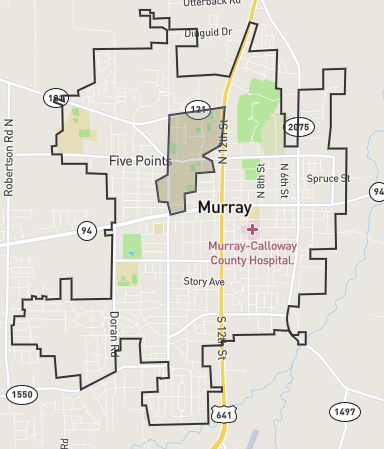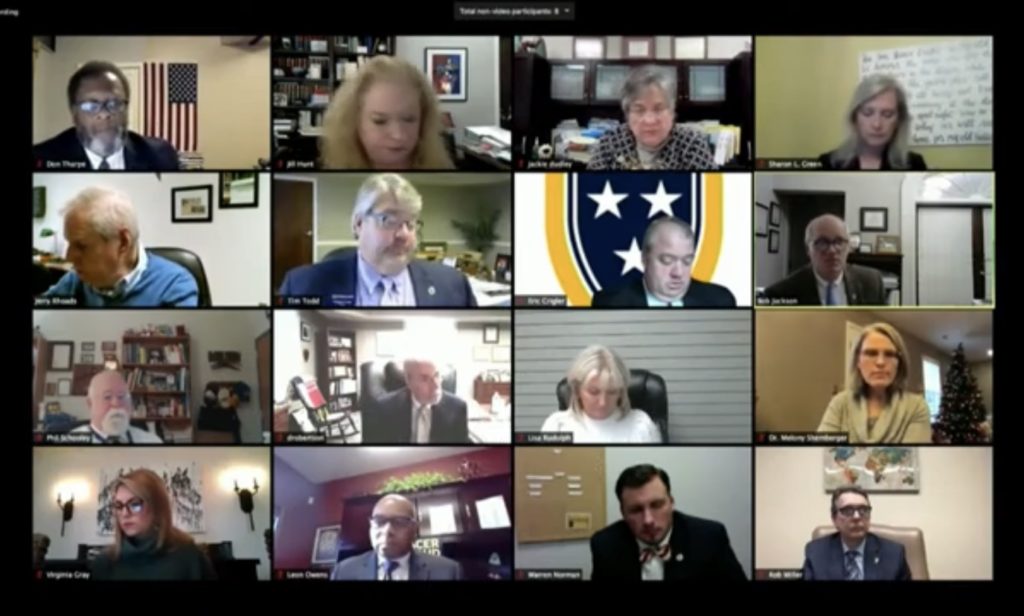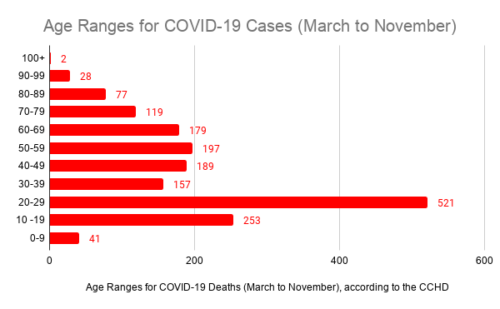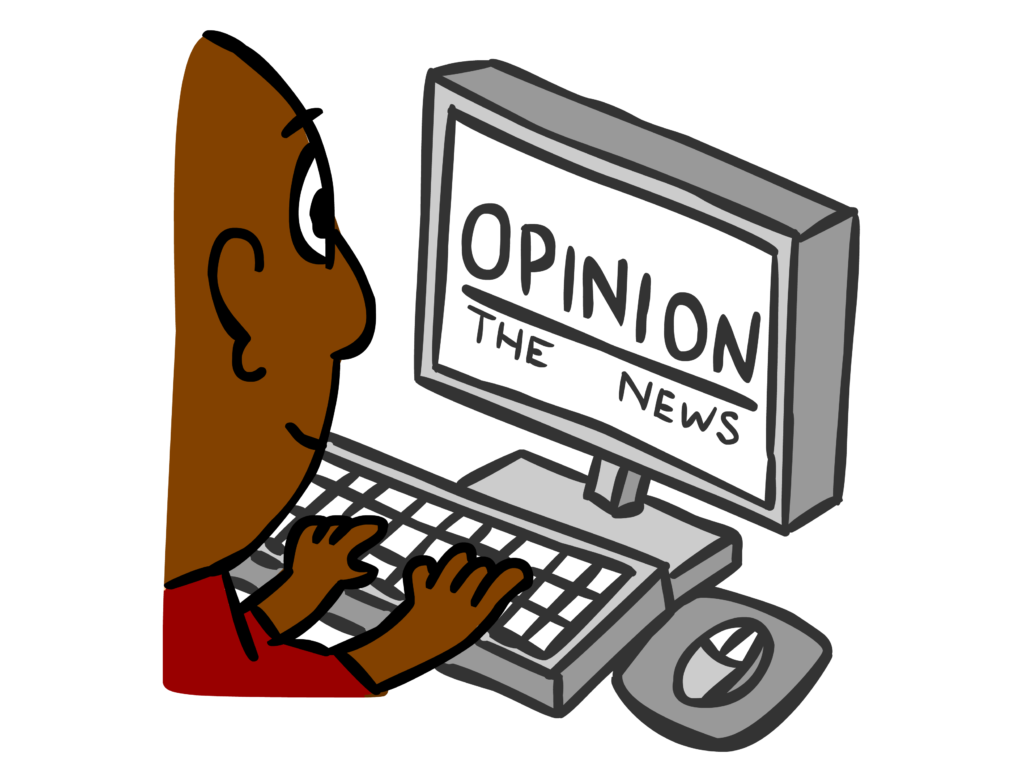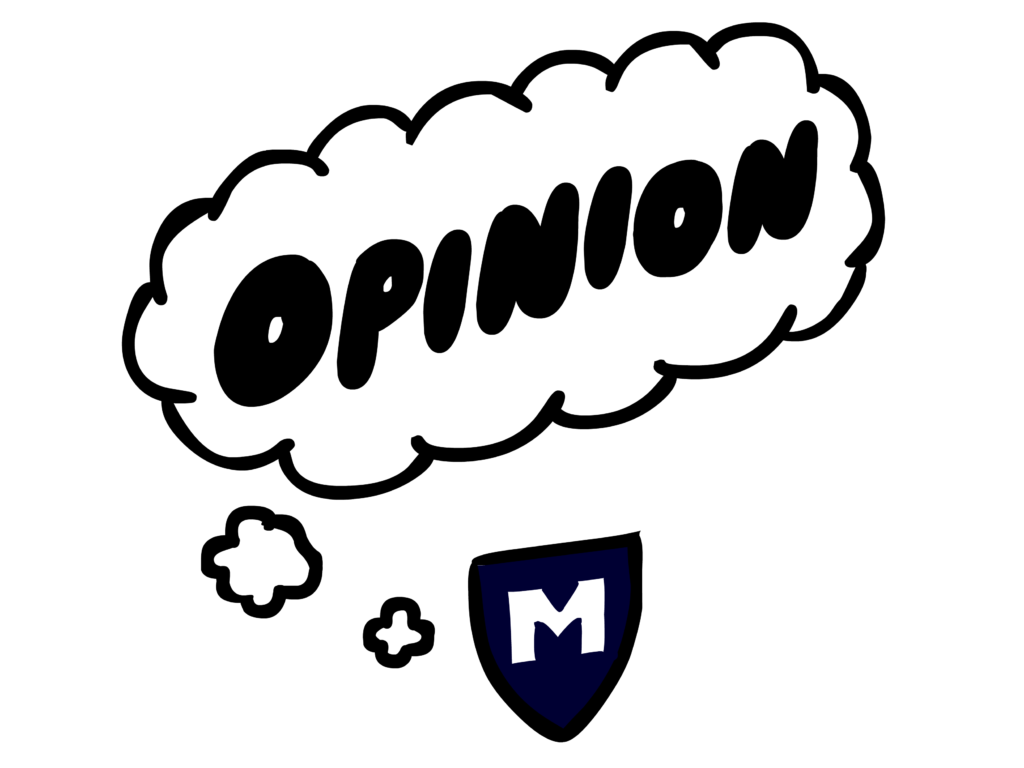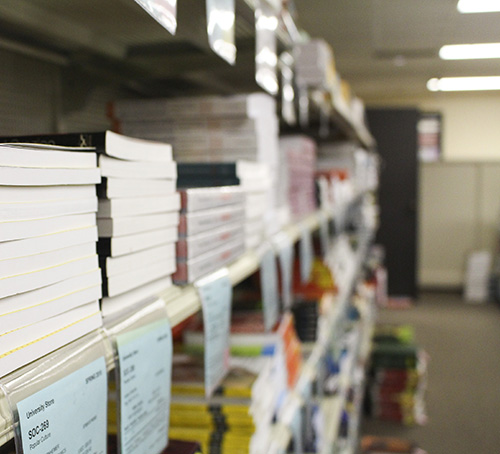
(WITH VIDEO) – Walking through the rows of textbooks in the University Store, there is one name which students curse under their breaths more than any other: Murray State’s.
Pearson, McGraw-Hill, John Wiley and Sons, Inc., Reed Elsevier and Cengage: names which students should find familiar after purchasing textbooks from their companies for several years are often spared disparaging remarks.
“To sum it up in one word: extortion,” said Nathaniel Davis, junior from Clinton, Maine. “Textbook prices are basically targeted towards naive freshmen who will buy their books at face value. I feel like someone higher up the line at Murray State is hoping these people will be kicking themselves later when they see they could get them at a much cheaper price online.”
According to recent data from the National Association of College Stores, however, the majority of textbook profits go toward the publisher, not the universities toward whom most students’ anger is directed.
A 2008 report by NACS found 77.4 percent of textbook profits go to the publishers where the sum is split between, but not limited to, marketing (15.74 percent), the authors (11.7 percent) and basic costs for the publisher including materials and employee wages (32.2 percent). Approximately 21.6 percent of the cost of a textbook goes toward a university and its bookstore.
Students in the United States spend $655 each year on required course material according to NACS meaning textbook publishers are making, on average, $506.97 per college student. And the cost of textbooks is continuing to climb.
Donald Klukan, textbook manager for the University Store, said in the past 11 years he has seen textbook prices jump up as much as 15-20 percent a year. Mark-ups in more recent years, he said, have only averaged a couple of percent a year, but are still perplexing to him.
“I don’t know where to begin,” said Klukan. “I remember the first time I ran a purchase order for $150,000 and it blew my mind. Now to run a purchase order to Pearson or somebody like that for $250,000 to $300,000 is not uncommon.”
In the past 35 years, textbook prices have grown 812 percent, according to a 2012 study done by the American Enterprise Institute. This exponential growth is more than three times that of the Consumer Price Index, the average inflation for all goods and services, during this same time period.
Klukan said for the spring semester he spent approximately $1 million on textbook purchases, primarily on “consumables,” un-bound loose-leaf textbooks and those with access codes, which can’t be reused. Contributing in a smaller part to the large bill Murray State is running up is the purchase of used books from whole sale companies and new textbooks or new editions of previous textbooks requested by teachers.
Brenton Bailey, senior from Murray, said he spent around $420 on textbooks for this semester.
Although the price is steep he said he has bought his books from the University Store all four years because of the convenience of not having to order them from online.
“Sometimes it’s a little pricey,” Bailey said. “I had a Spanish book one time that was almost $300. Granted, I was supposed to be able to use it for all the semesters of Spanish I needed to take, but they switched editions in the middle of my classes so I had to buy another almost $300 textbook.”
Many students, tired with the constant updating of textbook editions and their rising prices due to the addition of online codes and other media supplements, are being driven to find alternative places to make their purchases.
JJ Adams-Jones, graduate student from Paducah, Ky., said she spent $200 on textbooks this semester by ordering them from Amazon. Usually by ordering her textbooks from Amazon, she said, she spends $50 – $100.
“I use Amazon because I know I can buy new textbooks from them for the same price I can buy them used at the bookstore,” Adams-Jones said. “When I studied abroad in Spain I spent $30 on the same amount of textbooks that would cost me around $200 here. I’m not really sure why there’s that much of a discrepancy.”
Despite more and more online sources popping up in recent years to offer students alternatives to bookstore prices, many students still take their business to the University Store. And these students are still not happy with the prices.
Klukan said students and teachers’ griping about the cost of textbooks is nothing new to him, but the blame he said shouldn’t lie with Murray State, but with the publishing companies.
“I don’t choose the books,” Klukan said. “I don’t invent the prices, I just adjust things and make sure they’re accurate so that students get what they need as cost effectively as possible and instructors have the resources they want available. Really I’m just a logistics guy.”
Story by Ben Manhanke, Chief Videographer





























































































